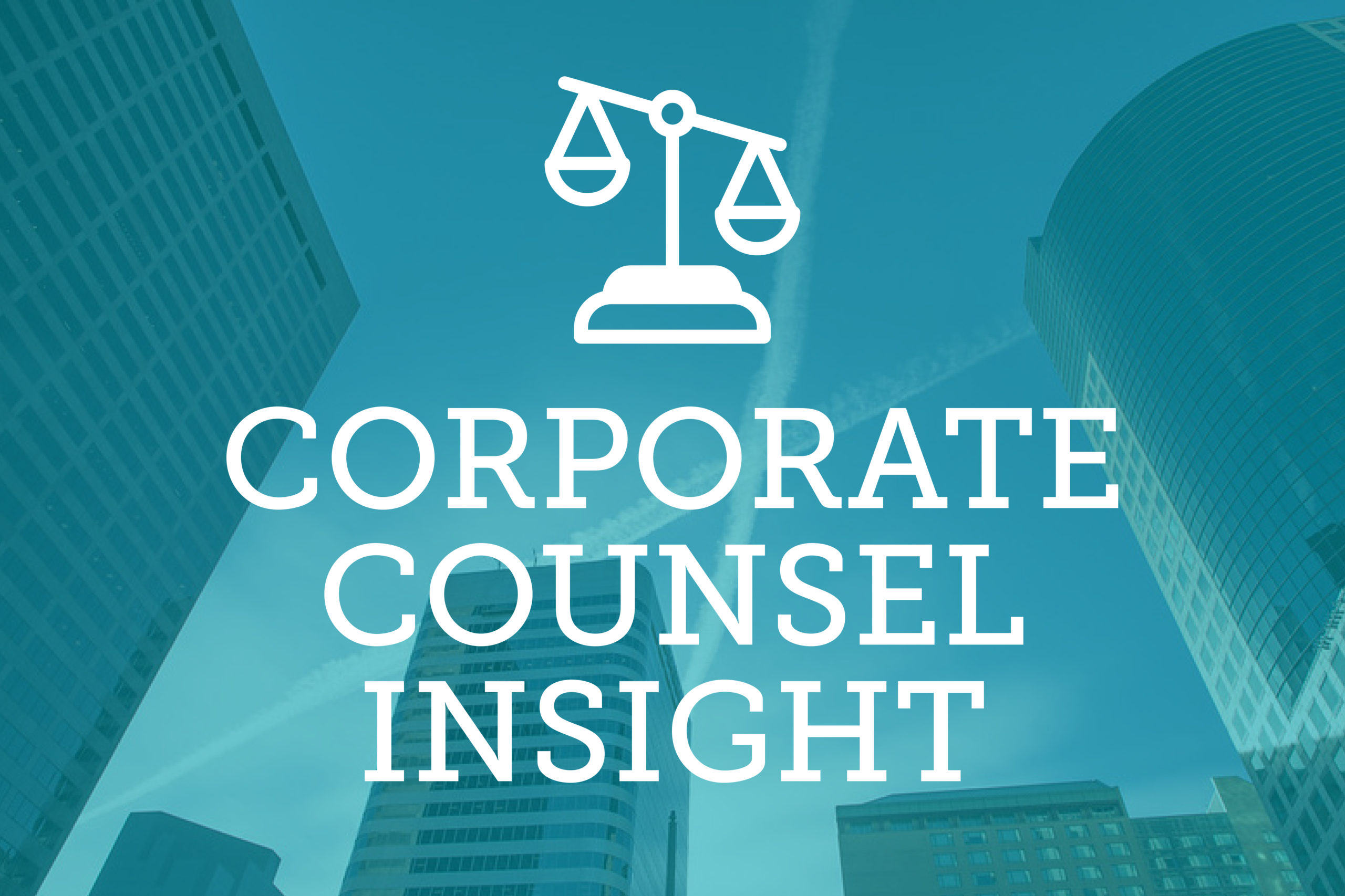

Last December, employers saw a series of decisions and developments out of the National Labor Relations Board that tipped labor policy more in their favor. This December it happened again, with rules and decisions implicating union election rules and confidentiality agreements, among other hot topics.
Union Election Rule
On Wednesday, the NLRB published a final rule that will tilt the scales back toward employers when it comes to union election deadlines. The new rule will give parties 14 business days, as opposed to eight calendar days, to hold a pre-election hearing after a union petition is filed. Employers will also have eight business days, as opposed to a week, to file a response to the union petition. These changes and others, which will be effective in April, will give employers more time to mount a counter-union campaign than they had under the Obama-era NLRB policy.
“In my mind, that’s [a change] that’ll have a big impact on my practice,” said Todd Fredrickson, partner at Fisher Phillips in Denver who represents employers in labor and employment matters. By moderating what some employers called the “quickie election” rule the NLRB issued in 2015, the new standard “swings the pendulum back closer to what the rules were before the changes before the Obama administration,” though not all the way, he added.
Management-side labor attorneys have pointed out that the Obama-era election rules, though they gave unions an advantage, didn’t translate into a higher win rate in actual union elections. The new rule shouldn’t alter many outcomes, either, though it’s still an important change for employers, said Patrick Scully, a management-side labor and employment attorney and member at Sherman & Howard.
“Adding 10 days to the election timeframe is probably not going to change too many minds,” Scully said. “What it does is prevent the ‘gotcha’ mistakes that can result from such a tight timeframe.” The change should especially benefit smaller employers, Scully added, who may not already have labor counsel at the ready in case a union petition comes, and could be more prone to procedural errors during a rush to respond.
Caesar’s Entertainment: Use of Work Email
One of the wider-reaching NLRB decisions to come out of the Obama administration’s NLRB was Purple Communications, which held that employers can’t restrict employees from using work email and similar employer-owned systems for non-work communications in their off time. The board’s rationale was that such policies could unlawfully restrict employees’ protected speech, including union organizing.
But the current board overturned Purple Communications Tuesday in a decision in Caesar’s Entertainment. As a result, employers can once again restrict use of their electronic communication systems as long as the policy doesn’t discriminate against union activity.
“That is one of the longest-awaited reversals of this board that most employers were predicting,” Scully said. “Employers should and will restrict the use of their email systems and their IT resources.”
Fredrickson said many employers will allow some personal use of company email and other systems but with neutral restrictions that aren’t focused on union-related communications, often to limit other behaviors soliciting for political or charitable causes.
Apogee Retail: Confidentiality Agreements
The NLRB also gave employers more leeway in having blanket confidentiality policies covering workplace investigations. In a Dec. 16 decision in Apogee Retail, the board held that employers don’t violate the National Labor Relations Act when they gag employees from discussing internal investigations while they’re ongoing. The decision overturns the board’s 2015 decision in Banner Health Systems, which said confidentiality policies could be considered unlawful on a case-by-case basis.
“I got many, many, many calls about Banner Health once it went down,” Scully said. The decision took on new significance during the #MeToo movement, he added, with harassment and discrimination investigations becoming more prevalent within companies.
While the Banner Health policy was in place, there was a conflict between what the NLRB and Equal Employment Opportunity Commission were each telling employers about harassment and discrimination investigations, Fredrickson said. The EEOC would hold employers accountable for maintaining confidentiality during investigations and for disciplining employees who breach it. But the NLRB created doubt as to whether employers could do that under the NLRA, suggesting that those agreements could be stifling protected speech, Fredrickson said. He would often advise clients in that dilemma to err on the side of exposure under the NLRA, rather than risk the wrath of the EEOC.
The Apogee decision appears to resolve some of the NLRB-EEOC conflict over investigations, Fredrickson added. “Now that tension to some degree has been resolved, and we can go back to the way things were, largely.”
McDonald’s: Joint Employer Liability
Perhaps the highest-profile NLRB case yet to be resolved is the McDonald’s dispute with the Service Employees International Union stemming from the “Fight for $15” wage movement.
The board handed down a decision in the case Dec. 12 that orders an administrative law judge to approve the agreement between McDonald’s and the union to settle NLRA retaliation claims. The board determined McDonald’s was not a joint employer liable for NLRA violations committed by its franchisees.
The decision reinforces the current board’s stance, which is for a narrower definition of a joint employer relationship under labor law. The NLRB is currently finalizing a rule to that effect.
But the workers’ union in the McDonald’s case announced its intentions to appeal, and it’s unclear how the case might ultimately play out in the courts. Complicating matters is a D.C. Circuit Court of Appeals ruling a year ago in Browning-Ferris, which upheld the Obama-era NLRB’s ability to set a broader joint employer
standard.
“It remains to be seen how labor will try to challenge the rule by utilizing the DC Circuit’s opinion,” Scully said, adding that it might put the unions in a difficult position to challenge the NLRB’s coming joint employer rule.
— Doug Chartier

